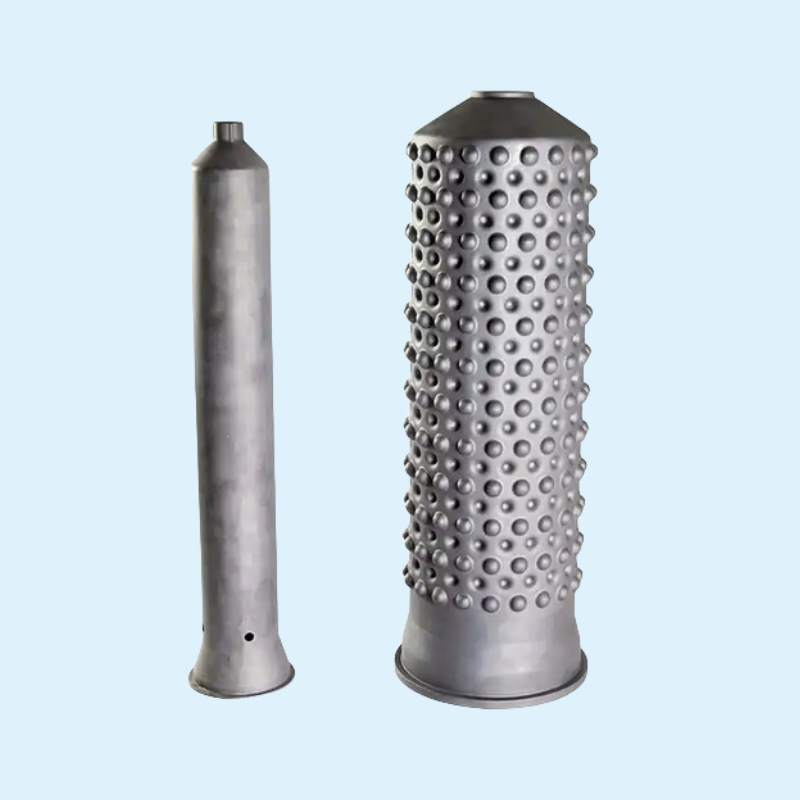Silicon Carbide Heat Exchanger
SiC heat exchangers are devices that efficiently transfer thermal energy between two or more fluids, typically without mixing them, where the main components (like plates or tubes) are constructed from high-ppurity sintered silicon carbide (SiC). This ceramic material is renowned for its extreme hardness, excellent thermal conductivity, and chemical inertness. The design can vary, including shell-and-tube, plate, or block configurations, to suit different application needs, but the consistent advantage lies in the material's ability to withstand conditions that would rapidly degrade conventional materials.
